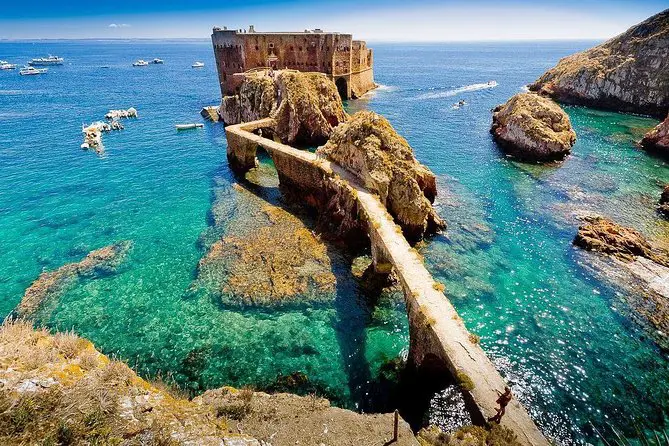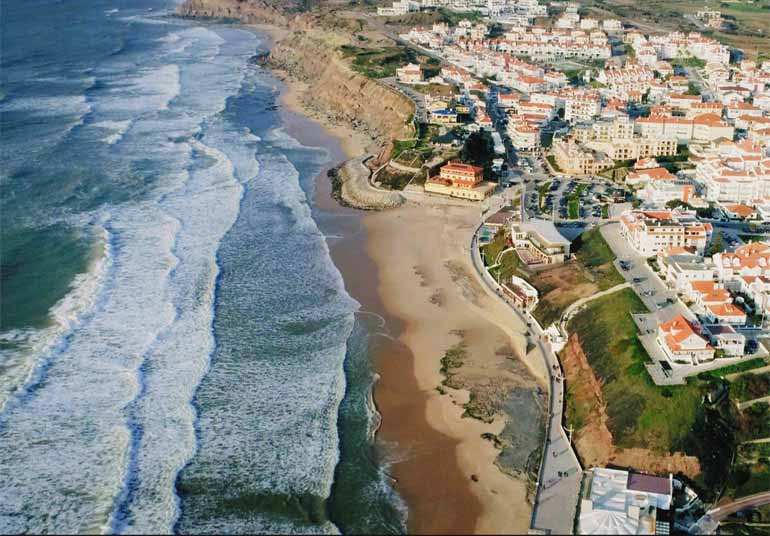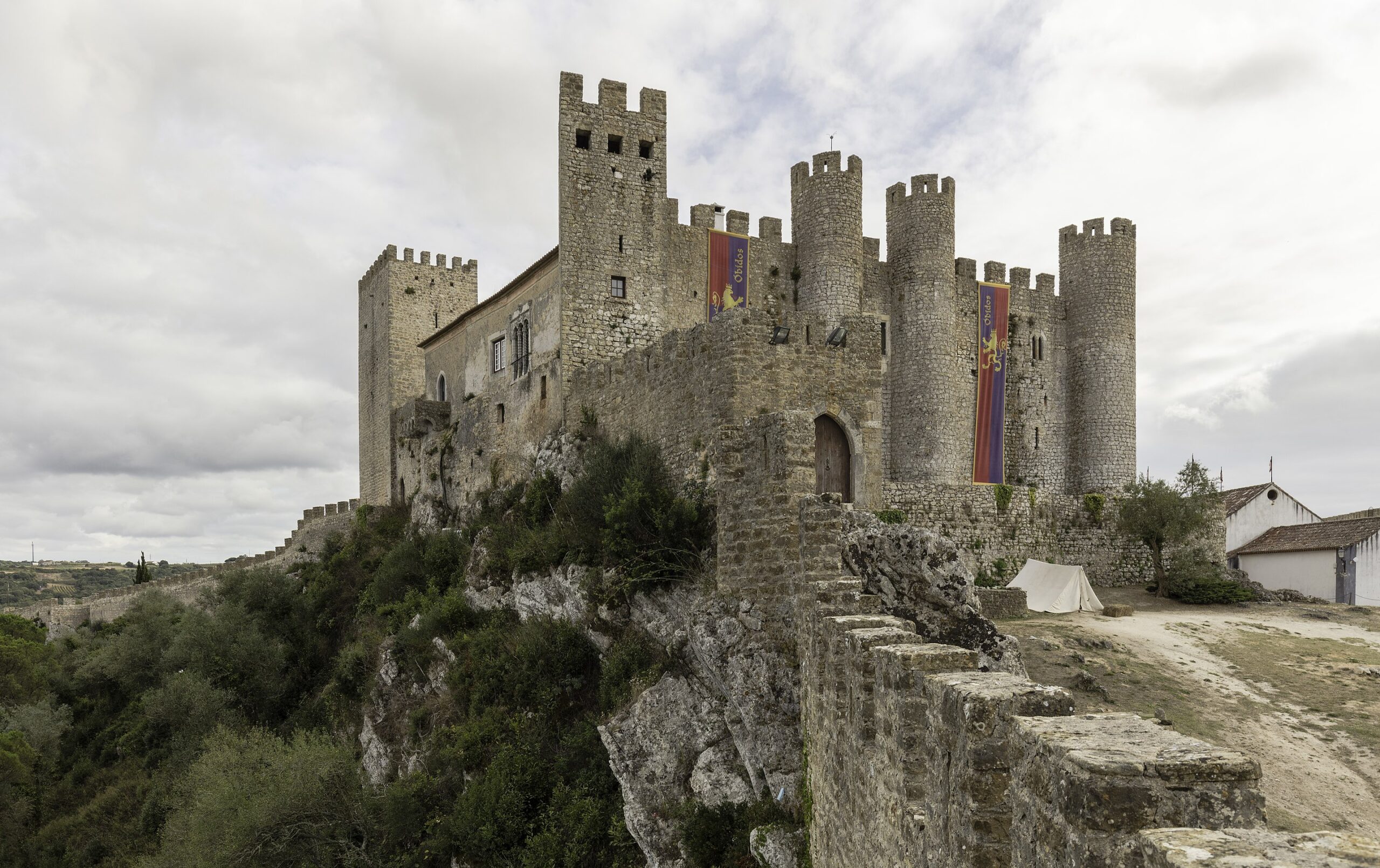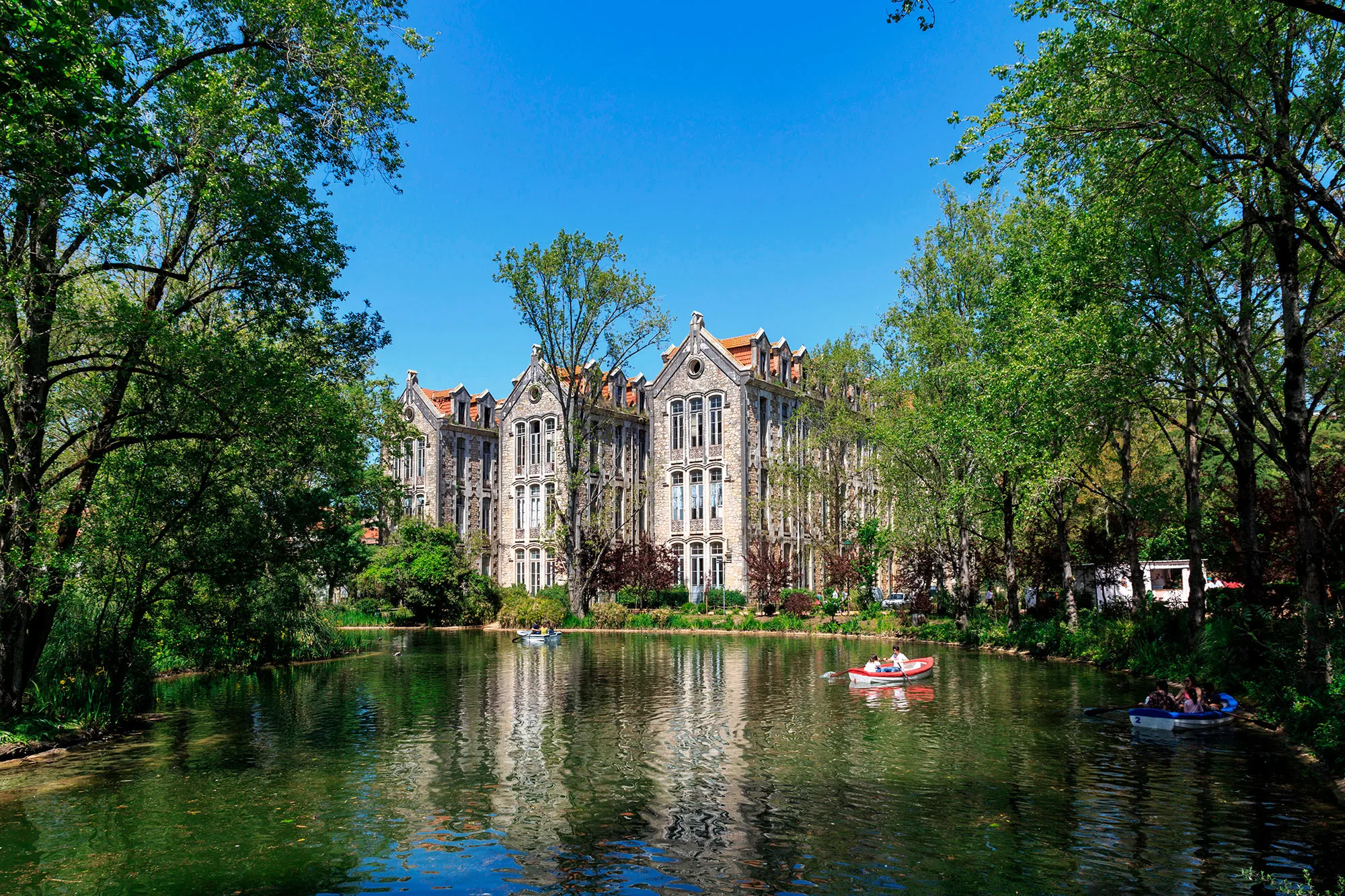Culture – sightseeing
Peniche
Amigo de Peniche is a term from Portugal that refers to a false friend – a disloyal partner who cannot be trusted. It is the equivalent of the expression Onça friend from Brazil. The expression comes from the context of the succession crisis of 1580, when Philip II, the Prudent, king of Spain, obtained the Portuguese crown at the expense of António, Prior of Crato.
The origin of the expression is also told by the legend of the siege of Lisbon, during the Napoleonic invasions, the population of Peniche promised to deliver food by sea to the port of the capital. But they would never turn up, or even try, and the people of the harbor were left to despair for the “friends of Peniche“. Due to the negative image the people of Peniche have of the term, Peniche Town Council published and staged a historical version of events with the aim repel the anathema and “identify the authentic friends of Peniche”. The production took place at Peniche Fortress on 27 May 2006.


Lourinhã
The area of Lourinhã has been inhabited since prehistoric times. The whole city is decorated with dinosaurs in their original size. The Lourinhã GEAL Museum exhibits period excavations from the region from the Paleolithic, Neolithic, and also the Chalcolithic. A huge dinopark is enjoying great success, where you can admire the development of prehistoric times in the wonderful nature. Waves of peoples lived here successively, leaving traces of their passage in the region until the arrival of the Romans; this civilizing event definitely shaped the way of life of the people in this region.
The origin of the medieval village is linked to D. Jordão, a French knight who took part in the successful siege of Lisbon in 1147. King Afonso Henriques granted Jordão the area of Lourinhã and allowed him to grant a charter to its settlers in 1160.
Óbidos
A historic town that still retains the charm of its medieval houses and traditions from ancient peoples. Óbidos Castle is one of the main attractions in Portugal. The castle, with Roman origins, served as a fortress to protect the region in the past and is one of the most representative buildings in the city. Built on a cliff in Gothic, Romanesque, Manueline and Baroque styles, it has been extensively renovated and currently houses a hotel. It was from Óbidos that the municipality of Caldas da Rainha was born, formerly called Caldas de Óbidos (the change of determinative was caused by the seasons that Queen D. Leonor spent here). On February 16, 2007, Óbidos Castle received a candidate diploma as one of the Seven Wonders of Portugal. In 2015, the Walls of Vila de Óbidos were part of the “Wonders of Portugal” project, an initiative of the General Directorate for Cultural Heritage and the multinational company Google.


Caldas da Rainha
A city that prides itself on being a therapeutic and artistic haven. A creative city under the protection of UNESCO. The name owes to history, which tells that one day on her way to Batalha, Queen D. Leonor, long plagued by a wound that would not heal, stopped here and confirmed the miracles of these thermal waters that healed her and ordered the construction of a bath. Dating back to the 15th century, this city with a charming history still presents itself today.
